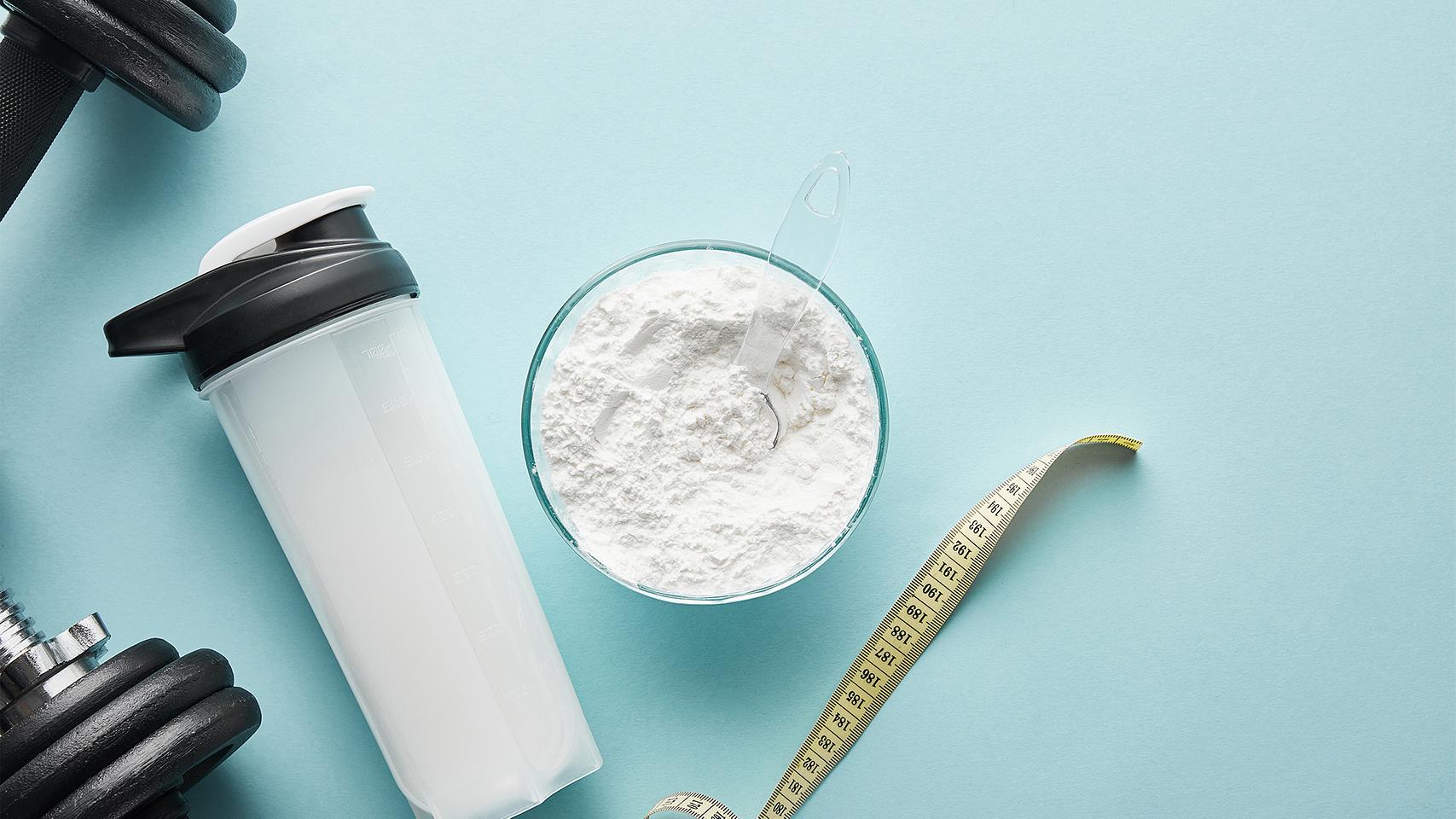What Are They?
Fun Fact Detour:
Who Are They For?
Hardgainers
Long Endurance Training
Very Lean Individuals Who Are Dieting Hard
- 130-150g of white potato
- 300-350g of strawberries
- 400-500g of pumpkin
- 500-600g of green vegetables
We use cookies
We use cookies and other tracking technologies to improve your browsing experience on our website, to show you personalized content and targeted ads, to analyze our website traffic, and to understand where our visitors are coming from.

If you are considering adding carb powders to your training, here is something to think about.
![]() Akash Vaghela
·
Jul 9th, 2017
Akash Vaghela
·
Jul 9th, 2017
Akash Vaghela has spent 10+ years transforming bodies and lives around the world, and in May 2017, founded RNT Fitness to serve this purpose. His vision is to see a world transformed, where ambitious high performers experience the power of the physical as the vehicle to unlock their real potential. He’s the author of the Amazon best-selling book Transform Your Body Transform Your Life, which explains his unique and proven five-phase methodology, is host of the RNT Fitness Radio podcast, has been featured in the likes of Men’s Health and BBC, whilst regularly speaking across the world on all things transformation.
Read StoryTake our scorecard to find out if RNT is a fit in under 10 minutes.
Take The Free QuizStart reading our Amazon best-selling book today and apply our five-phase methodology to feel, look and perform at your best.
Start Reading NowAre you ready to start your transformation journey in 2025?
Enquire Now